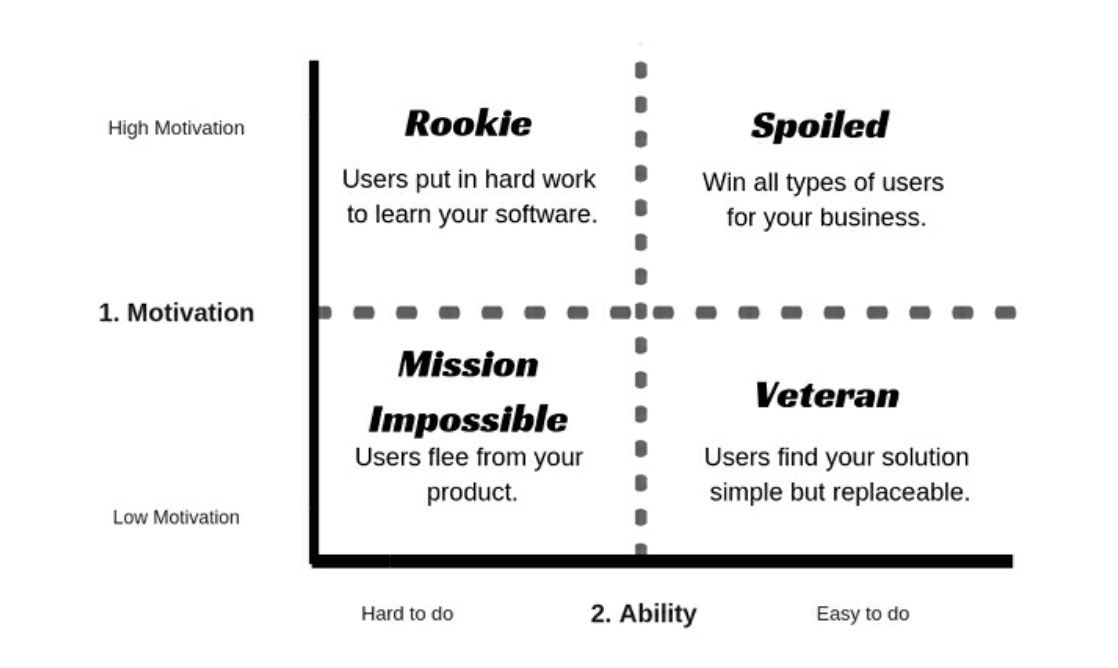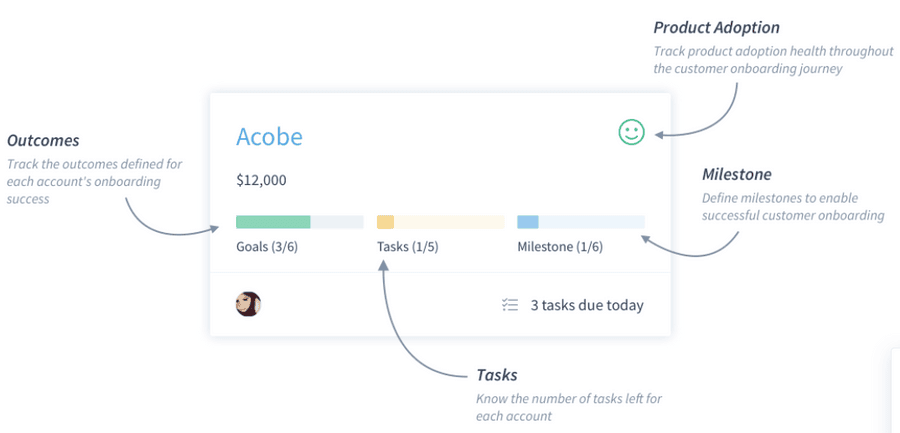Time to Value
To create a successful product-led business, you need a quick time-to-value. New users need to have a good experience quickly.
There are the 4 types of users:
- Mission Impossible Users. Your user has low motivation & finds it hard to use your product.
- Rookie Users. Your user has high motivation but finds it incredibly difficult to use your product. Maybe they are forced to do it.
- Veteran Users. Your user has low motivation but finds it easy to use your product.
- Spoiled Users. This is the outcome to optimize for. Your user has high motivation and finds it straightforward to use your product.
49
81 reads
CURATED FROM
IDEAS CURATED BY
Life-long learner. Passionate about leadership, entrepreneurship, philosophy, Buddhism & SF. Founder @deepstash.
A decent introduction to the strategy of product-led growth.
“
The idea is part of this collection:
Learn more about books with this collection
How to adapt to different speaking situations
How to engage with an audience
How to use body language effectively
Related collections
Similar ideas to Time to Value
Setting Up A Playbook
While designing an onboarding playbook, you need to understand your existing onboarding process & divide it into various steps.
Once the steps are clearly defined, they can be categorised into either of the following elements. The onboarding playbook, typically, consists of:
- T...
Not to think about inclusion as something your service is or isn’t
Inclusion is a scale that progressively means that your user can not only use your service but also feel safe, welcome, and, – importantly, use it in a way that makes them feel equal to all other users who might need to use that service.
It’s equally important to remember that inclusion doe...
Move on when the time comes
If you know you can’t solve it, or if the customer isn’t worth saving, you should probably move on. Ask yourself this question, Is this customer worth all the effort you are taking to save them? It is obvious that you cannot solve every cancellation reason?
Maybe sometimes it’s not enough t...
Read & Learn
20x Faster
without
deepstash
with
deepstash
with
deepstash
Personalized microlearning
—
100+ Learning Journeys
—
Access to 200,000+ ideas
—
Access to the mobile app
—
Unlimited idea saving
—
—
Unlimited history
—
—
Unlimited listening to ideas
—
—
Downloading & offline access
—
—
Supercharge your mind with one idea per day
Enter your email and spend 1 minute every day to learn something new.
I agree to receive email updates

